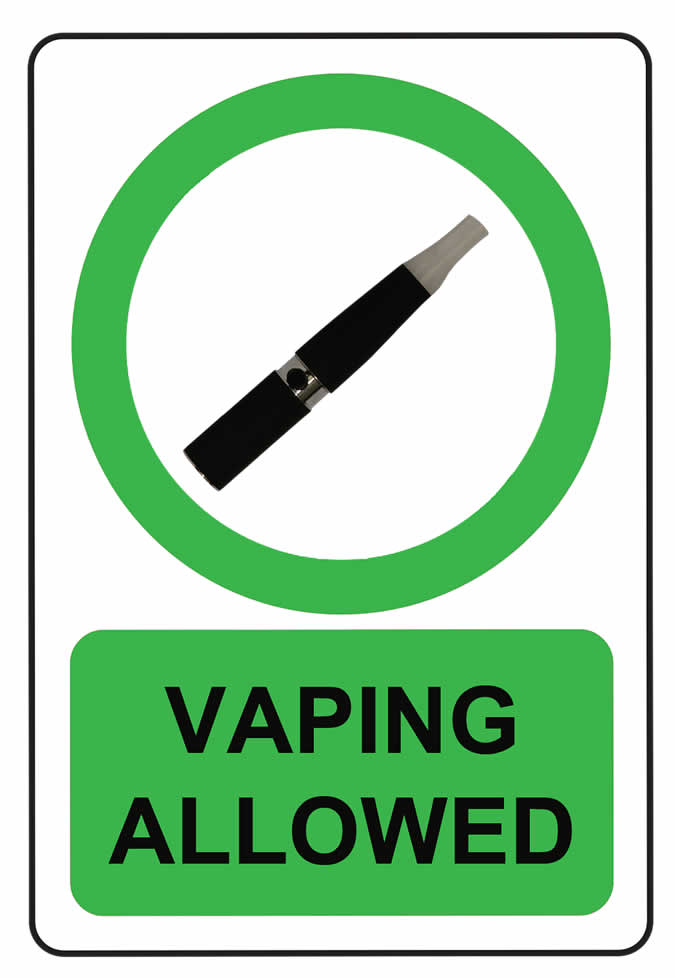We have explored what concerns are behind the upcoming flavor bans and the reactions from the community of vape enthusiasts.
Recently, the Rhode Island flavor ban and Michigan flavor ban have caused a lot of turbulence and concern within the vaping community.
Those proposing the flavor ban hope to decrease the popularity of vaping, especially among younger people. They argue that vaping is unsafe and long-term consequences are yet to be seen.
In their opinion, the variety of enticing flavors that are available are a catalyst for many young people and teenagers to take up vaping.
There’s no doubt that younger generations are, in general, more susceptible to trends.

In addition, some products may affect them more strongly as their minds and bodies are still being shaped. Any hindrance to that process can have severe and long-term consequences.
But is that also the case with vaping?
Let’s look at some counterarguments.
Those against the flavor ban are trying to increase awareness of the following:
- Vaping wasn’t invented as a trick to hook teenagers and youngsters
- Vaping was invented as a less harmful alternative to smoking (and it is 95% less harmful)
- Vaping helps smokers quit or decrease their cigarette consumption
- A variety of menthol, fruit-based, and other flavors do not cause teens to start vaping
- The number of teenagers who vape has been decreasing over the past year
- Banning flavors can cause an increase of subpar products on the black market
Let’s dive deeper into some of these points.
In 2003, a Chinese pharmacist Han Li (or Hon Lik) invented the modern-day e-cigarette. His motivation was to help smokers and their families avoid the dire scenario he went through when his father died of lung cancer.
To sum up, the idea behind vaping is to improve global health by providing a less risky alternative to cigarette smoking. With current studies showing that vaping is 95% less harmful than smoking, we can conclude that e-cigarettes actually are fulfilling their mission.

Banning flavors can hinder this mission by taking away the choice from the consumers. The limited choices wouldn’t be enticing enough to motivate some smokers to make the switch to a safer alternative.
The added flavor is one of the main advantages of vaping, at least to consumers. Very few people actually like the smell of burning tobacco. On the other hand, fruity flavors and dessert flavors are pleasant and very enticing. Surveys of adult vapers conducted in 2017 and 2018 have confirmed that ex-smokers prefer these ‘sweet’ flavors above tobacco and other aromas.
In addition, science has confirmed what vapers already know. Vaping is twice as effective as nicotine replacement therapy for smoking cessation.

Imposed flavor bans would have devastating effects. Ex-smokers turned vapers could revert back to smoking. Those looking to quit smoking wouldn’t be as willing to try e-cigarettes. Some would fight back by making their own products or purchasing illegal, unregulated products from illicit dealers.
Now let’s look into the issue of teen vaping.
Addiction researcher Saul Shiffman found that the main reason teens vape is harm reduction. This answer was chosen by 88.2% of surveyed teenagers. In addition, the results indicate that the flavors are a means to an end, which is to stop smoking, where having a variety of flavors helps make the switch. Only 1.8% listed the flavors as the only reason for vaping.
The 2020 National Youth Tobacco Survey also found that over compared to 2019, vaping has decreased by 29% among high school and middle school students. The results from the same 2019 survey also marked a large decline in teenage smoking. The general conclusions we can draw from these results is that the youngsters switch from smoking to vaping and then quit both habits.
With these scientifically-backed arguments in mind, it’s difficult not to question the motivation behind the flavor ban. Is it really about improving health and protecting the youth? Or is it about protecting certain interests?










